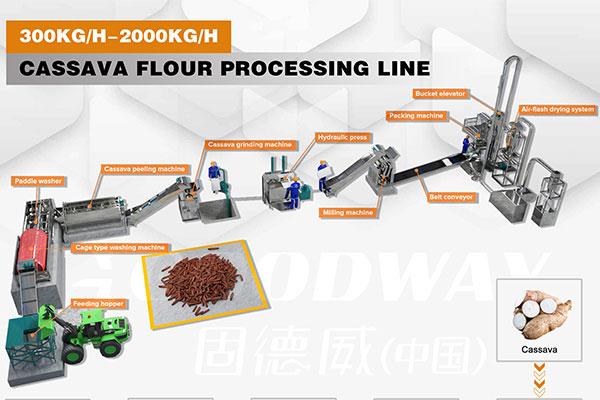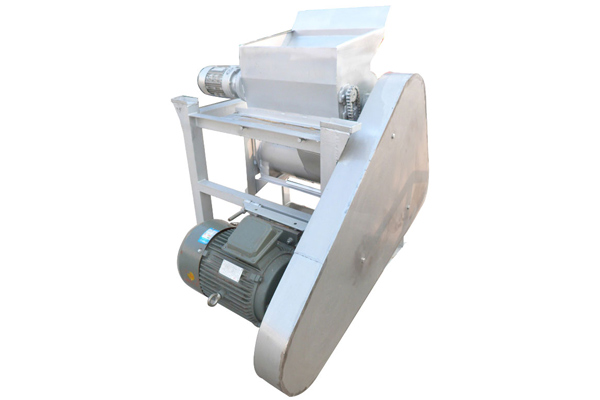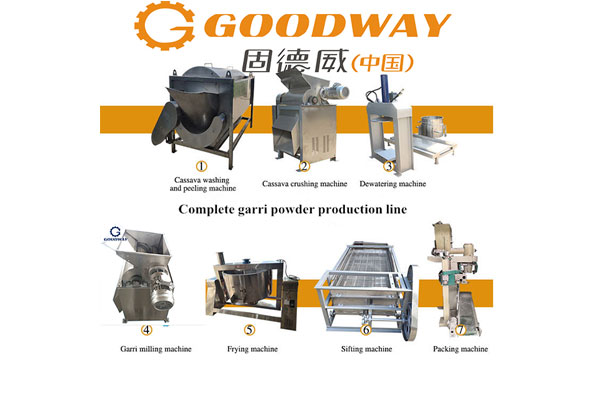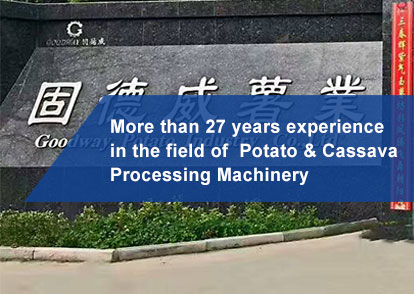For the production and processing of potato starch, we have distinct resource advantages. In recent years, we have vigorously developed the potato starch industry through the deep processing of potato resources, and have made great progress.
However, there are few leading enterprises in the industry of cassava starch processing in China. The industry is mostly concentrated in rural areas where the processing capacity of crude starch is insufficient. They use simple starch processing equipment, such as manual crushing machines, homemade starch settling tanks, storage tanks, filter cloths, and air-drying for dehydration. Even some improved factories are not fully equipped with automated starch processing machinery.
The backward processing technology and equipment results in the inability to scale up the utilization of potato resources, resulting in low extraction rates of raw materials, poor product quality, waste of resources, and severe environmental pollution, which cannot meet the needs of market development.
Problems existing in the industry of cassava starch processing
-
Small scale and low yield, with general backward production technology and processing equipment.
-
Needs for standardized production of domestic starch processing equipment to improve product quality and control technological level.
-
Low comprehensive utilization rate of by-products such as potato residue, cell liquid, and pectin, resulting in significant waste of resources.
-
Short production cycle, small scale, and difficulties in sewage treatment, resulting in severe environmental pollution.
The social significance of promoting the technological upgrade of cassava starch processing equipment
Technological upgrade of starch processing
The promotion of automated starch production lines is conducive to optimizing the industrial structure, expanding production scale, and achieving good economic and social benefits. For example, an annual production capacity of 200,000 tons of refined starch processing plant can process up to 1 million tons of fresh potatoes per year, with an annual output value of more than 10 million.
The establishment of concentrated production zones can absorb more surplus labor in rural areas, promote reemployment, greatly reduce the pressure of farmers selling fresh potatoes, and improve farmers' enthusiasm for planting starch potatoes. This could ultimately lead to the improvement of starch quality and form a virtuous cycle.
The future of the cassava starch processing industry
The popularization of modern starch processing equipment increases starch extraction rate, substantially improves starch yield and quality, and the market price of high-quality products is far higher than those produced by small-scale processing plants. This promotes elimination of less efficient plants and further improves the quality discrepancy in starch processing industry.
The future of starch processing is broad. Automated starch processing technology and equipment require large investment amounts and have high risks. The return period is long, making it a high-risk long-term investment project which demands a certain level of economic strength from starch processing users.
In addition, the automation process and intelligent operation methods of large-scale cassava starch processing equipment require high industry requirements for operators and production managers. Therefore, for the current problems faced by the industry, the road ahead is long and needs patience and steady pushing forward.

 EN
EN
 fr
fr  es
es  it
it  pt
pt 







